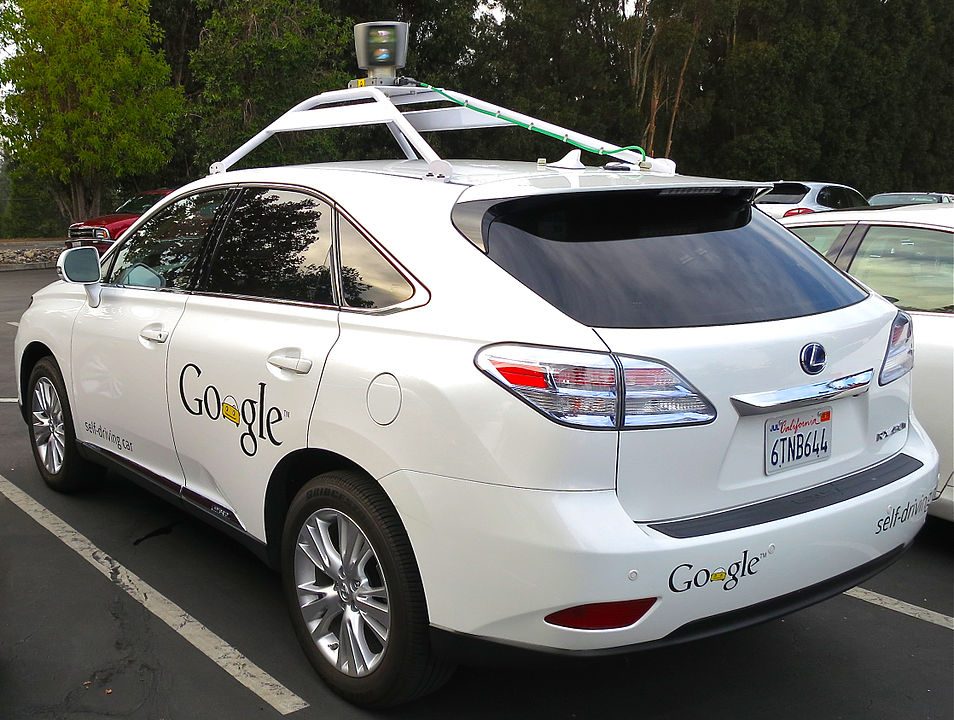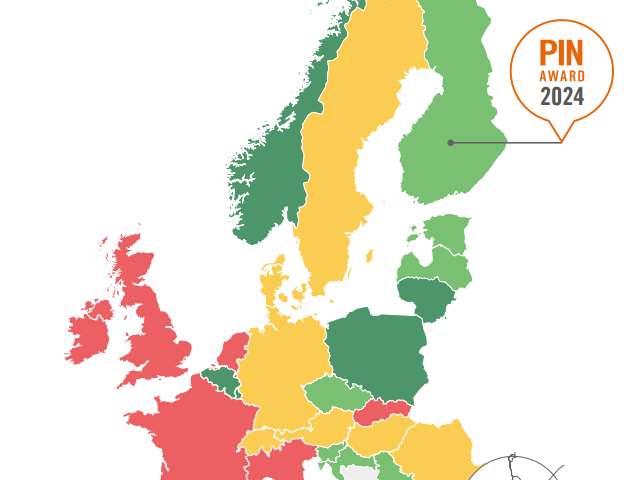
Opinion: The USA is collecting data on crashes involving ADAS systems. Why isn’t the EU?
Antonio Avenoso, Executive Director
Last month NHTSA, a US government agency, released its first set of data on crashes involving vehicles with advanced driver assistance systems (ADAS). In the ten months since mandatory reporting began, there have been around 400 reported incidents. How about in Europe, a market comparable in size? Nobody knows.
There is no equivalent to NHTSA that covers the whole of the EU. A car approved in one Member State can be sold across the EU. For example, a car approved in the Netherlands by RDW, such as a Tesla, can be sold in any EU country. The new Mercedes Level 3 automated low-speed driving system was approved by the KBA in Germany for the German market, and they will most likely be responsible for EU-wide approval of the Mercedes system too.
What if a driver spots a problem? In the US, anyone can report a defect to NHTSA. Likewise, in theory, in the EU, anyone can report a vehicle defect to a national authority. But see if you can find the web page for your country to do that easily.
Did you hear about Tesla vehicles and ‘phantom braking’ recently? If so, that was based on reports made in America to NHTSA. Is that problem occurring in Europe? Good luck finding out.
When there is a recall, it is reported in a central EU database, but the reports published there give no information on the number of incidents reported or how many people might have been injured as a result of a defect.
While it’s true that, in general, the EU is ahead of the USA on vehicle safety standards, on transparency on defects or potential problems with ADAS systems, not so much.
And these crashes are happening in the EU. A report by the Dutch Safety Board, published in 2019, investigated several collisions involving assisted driving systems. At the EU level? Nothing.
Reporting and investigating crashes is getting even more important now that computers are taking over some driving tasks. If computer code or sensors cause a problem that contributed to a crash, we need to know, so we can prevent future problems.
That’s why ETSC is calling for mandatory reporting of crashes involving assisted and automated driving systems in the EU, and a central agency to collect those data, supervise in-depth crash investigations and oversee the rollout of new assisted and automated driving technologies safely.








